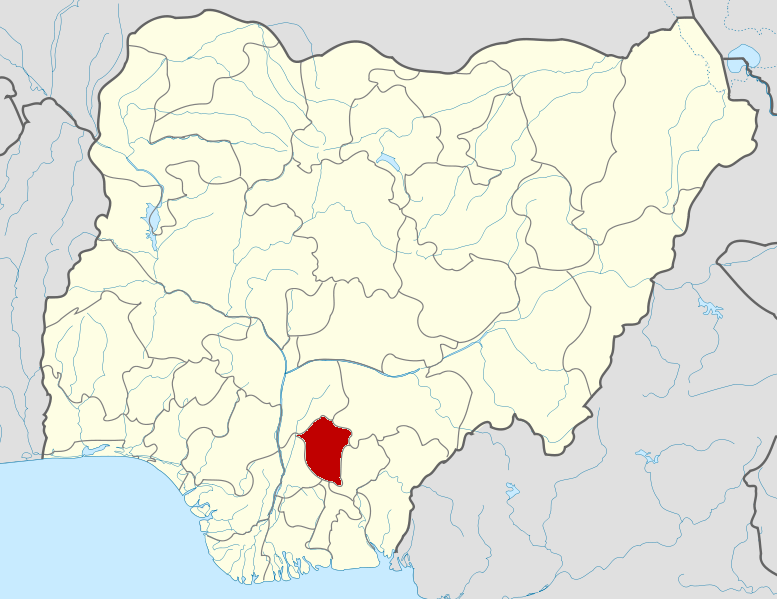Canada can build successful diabetes prevention and remission programs across the country by learning from England, a Quebec-based team of clinician-scientists and other experts suggested.
England’s National Health Service (NHS) created publicly funded prevention and remission programs that have reduced diabetes incidence rates from 64.3 to 53.4 per 1000 person-years in patients with prediabetes. These programs are projected to save $121 million over 35 years, according to the team.
In an article published online on June 16 in the Canadian Medical Association Journal (CMAJ), they described how Quebec could follow England’s lead and “catalyze” similar initiatives throughout Canada.

“We have to move from conversations to action,” principal author Kaberi Dasgupta, MD, professor of medicine and director of the Division of General Internal Medicine at McGill University in Montreal, told Medscape Medical News.
“Canada does not have any large-scale prevention programs. Those that exist are research initiatives,” she said. “In contrast, England has a countrywide program with demonstrated impact at a national level.”
Of note, she said, the NHS England programs offer universal access for those at risk for diabetes. They have shown evidence of impact by reducing diabetes rates and are demonstrating cost-effectiveness.
Although some adaptations will be necessary, she acknowledged, “Canadian provinces have an opportunity to emulate this, rather than reinventing the wheel.”
Countries such as Finland and the US also have funded national diabetes prevention programs, but NHS England’s program is the only initiative with countrywide coverage.
Simply put, the NHS program, which started in 2009, is managed by local health councils that oversee health districts, which are like regional health authorities in Canada. Adults aged 40-74 years present for weight, height, blood pressure, and lipid measurement at primary care practices, pharmacies, or other designated sites. They also complete a diabetes risk-assessment questionnaire and undergo a hemoglobin A1C or fasting glucose test if the questionnaire suggests that they are at elevated risk for diabetes.
Diagnoses are recorded in the electronic health record. General practitioners can refer patients with prediabetes to the NHS prevention program, and those who meet certain criteria may be referred to the remission program. Patients younger than 40 years can also be referred to these programs if their physicians diagnose prediabetes or early type 2 diabetes (T2D).
The authors explained how Canada could use England’s template to accelerate equitable diabetes prevention and remission programs throughout the country. With that in mind, and with funding from the Canadian Institutes of Health Research (CIHR), a Quebec-based team of clinician-scientists, legal experts, and health economist researchers, several of whom are Diabetes Quebec professional council members, partnered with leaders from the NHS to investigate how a similar program could be introduced in Quebec.
“If one province successfully builds a program, it will catalyze others and attract federal funding,” the authors wrote.
Since healthcare and public health program delivery fall under provincial and territorial governments, “all these governments need to be engaged,” Dasgupta added. “When one province leads the way and demonstrates impact, others become more enthusiastic, and the federal government then has the opportunity to allocate funding and build agreements with each.”
Commenting on the article, Rachel Reeve, PhD, executive director of research and science at Diabetes Canada in Toronto, told Medscape Medical News, “This model is an excellent example of learning from our international colleagues in the diabetes community. Adapting and implementing successful and proven programs like these has real potential to help people in Canada living with, or at risk for developing, T2D. Testing a diabetes prevention program in one province to evaluate its success and economic feasibility is a strong approach to garner support for nationwide implementation.

“There is some concern that, too often, Canada embarks upon pilot projects and research that demonstrate success, yet when it comes to scaling up and sustaining these programs, we don’t have the right mechanisms in place,” said Reeve, who was not involved in the initiative. “We urge leaders to support and implement successful prevention programs that reduce costs to the healthcare system and improve the quality of life for people living with diabetes.”
However, she added, “It’s also important to note that Canada’s history of colonization has disproportionally increased risk in Indigenous communities for developing T2D. Population-level interventions developed outside Canada need to be adapted for our healthcare system and our diverse and unique population — and critically, in consultation and collaboration with these communities.”
Céleste Thériault, executive director of the National Indigenous Diabetes Association in Winnipeg, also noted that prevention models developed outside Canada are unlikely to be appropriate for Canada’s Indigenous peoples.

“While England’s NHS diabetes programs may have shown clinical success, their approach reflects a prescribed, Eurocentric model,” she told Medscape Medical News. “It does not reflect the lived realities, inherent rights, or deep strengths of Indigenous peoples across Turtle Island, now called Canada.”
Through colonization, Europeans imposed their law and culture on First Nations, Inuit, and Métis communities with little to no regard for their rights. “That history has led to disconnection and fragmentation within our communities as colonial systems continue to be pushed down upon us,” said Thériault.
England’s NHS model may work for some Indigenous patients, particularly those who have consistent access to care, stable housing, nutritious food, transportation, and a strong support system, she acknowledged. “But that level of access is not the reality for all, and we cannot afford to adopt strategies that assume the playing field is even across Canada because it never has been.”
Furthermore, she said, “Any national strategy must align with the United Nations Declaration on the Rights of Indigenous Peoples and the Truth and Reconciliation Commission’s Calls to Action 18 through 21, which call for the full recognition and support of Indigenous-led health systems, traditional healing, and the ability to design our own programs and ultimately our own futures.”
For many Indigenous people, diabetes prevention extends beyond clinical questions to questions of wellness, land, food systems, languages, and relationships that were disrupted through colonization, said Thériault. “The approach must be one of self-determination, food sovereignty, cultural strength, and strengths-based, community-rooted wellness,” she added.
“We are far past the point of pilot projects or patchwork solutions. Indigenous peoples deserve consistent, long-term, and culturally safe investments to support their own pathways to wellness with diabetes. Communities know what they need… Canada should start by investing, meaningfully, respectfully, and with accountability, in Indigenous-led diabetes prevention.”
The development of a diabetes prevention and remission program in Quebec is supported by an operating grant from the CIHR to Dasgupta, who is the principal investigator of the grant on knowledge mobilization in diabetes prevention and treatment. The analysis published in CMAJ is part of the research funded by this grant. Dasgupta also declared leading a clinical trial evaluating a diabetes remission intervention funded by the CIHR and UK Medical Research Council, a Lawson Foundation grant addressing diabetes prevention in Cree communities, a Diabetes Canada grant evaluating a couple-based step-count intervention in T2D, and a retrospective cohort study funded by the CIHR examining inequities in diabetes-related hospitalizations during the pandemic.
Reeve and Thériault declared having no relevant financial relationships.
Marilynn Larkin, MA, is an award-winning medical writer and editor whose work has appeared in numerous publications, including Medscape Medical News and its sister publication MDedge, The Lancet (where she was a contributing editor), and Reuters Health.








:max_bytes(150000):strip_icc()/summer-slide-GettyImages-1250685698-423d160316f840f4b6a51efd28a77795.jpg)
:max_bytes(150000):strip_icc()/GettyImages-1205254513-2269cc51389b499da2f413e2d03f08d7.jpg)

